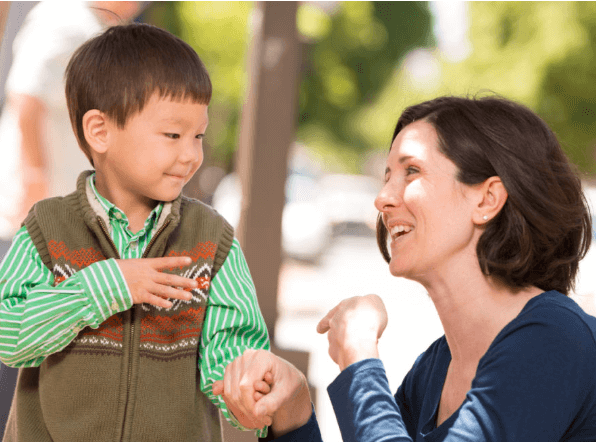How Fostering Contributes to Community Development

Fostering care is one of the important aspects in the welfare and development of communities. The safe and supportive environment provided for children who have been neglected or traumatized does not only affect the individual but also affects the general health of a local community. This paper explores how fostering contributes to the development of a community. It will focus on social, economic, and emotional gains brought about by supportive systems of foster care.
Fostering gives stability to the child.
Most of the children admitted into foster care have experienced some form of neglect, abuse, or unstable living condition. Therefore, fostering is in a position to offer them a stable life during their emotional, educational, and social development.
This implies that foster care assists in taking children away from harm and placing them in foster homes. This implies that stable surroundings help children develop strength and confidence and acquire skills that enable them to grow, thus affecting the community in a ripple effect.
Benefits of Stability
Educational Success: Children in stable foster placements will perform better academically, hence higher chances of success later on.
Better Emotional Well-being: Stable home gives children the opportunity to recover from their previous traumatic experience hence more emotionally fit mental well-being.
Reduced Criminal and Social Problems: Children that have stable homes never engage themselves in criminal behaviour; when they become adults, they are not likely to engage themselves in abusing drugs and substances.
Improving the relationship within families and communities.
It is not a process done in isolation by one party. It will often require collaboration with social services, schools, health care providers, and the community at large. Therefore, placing a child into foster care is not a role taken on solely by the foster family-it’s a wider community effort.
The foster care support system becomes strong through partner and networking relationships. An organizational environment within a school community or faith group can provide value or support to children in the foster care system. A partnership-based approach will allow the involvement of many people; sharing, therefore, increases the resources available to families. Therefore, this will establish an atmosphere where foster families may reach their needful resources.
Community Development through Partnerships:
School and education support: The foster care families collaborate with schools to ensure the child is given an opportunity to attain education support to open avenues in academic success.
Health: Community health providers sometimes share their medical care with the foster family for the care of the child.
Local Organizations and Initiatives: Organizations within the community, charities, and businesses often donate by giving clothing, supplies, or financial aid.
Pool together their efforts in helping foster families that support children to have productive lives as well as strong bonding in the community.
Fostering Relieves Social Services Over-Reliance
It actually improves the lives of children, reducing the burden on social services and welfare systems in the long run. Most of the children that come under foster care come from such backgrounds of neglect or abuse or homelessness, thus leading to long-term problems, which can be costly to the public system.
Stable and supportive care environments for children reduce reliance on social services in the future. Supportive foster families can avoid placing children into more intensive and costly care systems, such as residential institutions or juvenile detention centers.
Economic Gains
Long-term Social Savings Reduced: Stable and supportive foster care helps communities conserve money spent on social services like health care, criminal justice, and housing money.
Empowering Foster Families: There is a lesser dependency of foster families on governmental support systems as the foster family receives training and other resources alongside community support too.
Greater Workforce Participation: Children brought up in care environments are more likely to contribute to society, and therefore to the economy as well.
Fostering Builds Healthier, More Thriving Communities
Communities grow through investment of their most vulnerable members; foster care is pretty much a strong way of promoting that sort of investment. Children are placed in loving and secure environments which further endow them with abilities to make positive returns to society at large. Further, foster care promotes the engagement of communities and sympathy.
More socially cohesive communities with the objective of establishing foster care. Support to foster families is through neighbours, schools, organizations, and businesses that incorporate the environment where children feel safe, supported, and valued.
Community Benefits
More Social Cohesion: The community working for vulnerable children is more likely to have a sense of belonging and collective responsibility.
More Connectivity: Resilient families are interwoven into the community and that can nurture long-lasting relationships in support of a healthy neighbourhood development.
Boosting Voluntarism and Community Engagement: The people will get involved in activities related to foster care; thus, promote volunteering, giving, and community involvement.
Fostering in Barnet contributes inherently toward health and strength in the communities. Reducing social costs by having a system for foster care builds very strong, resilient partnerships between community units, increasing social cohesiveness in the long run. Investment in fostering communities lays down the pathway for a more inclusive, supporting future and thereby goes toward strengthening the very fabric of society; it helps children.







